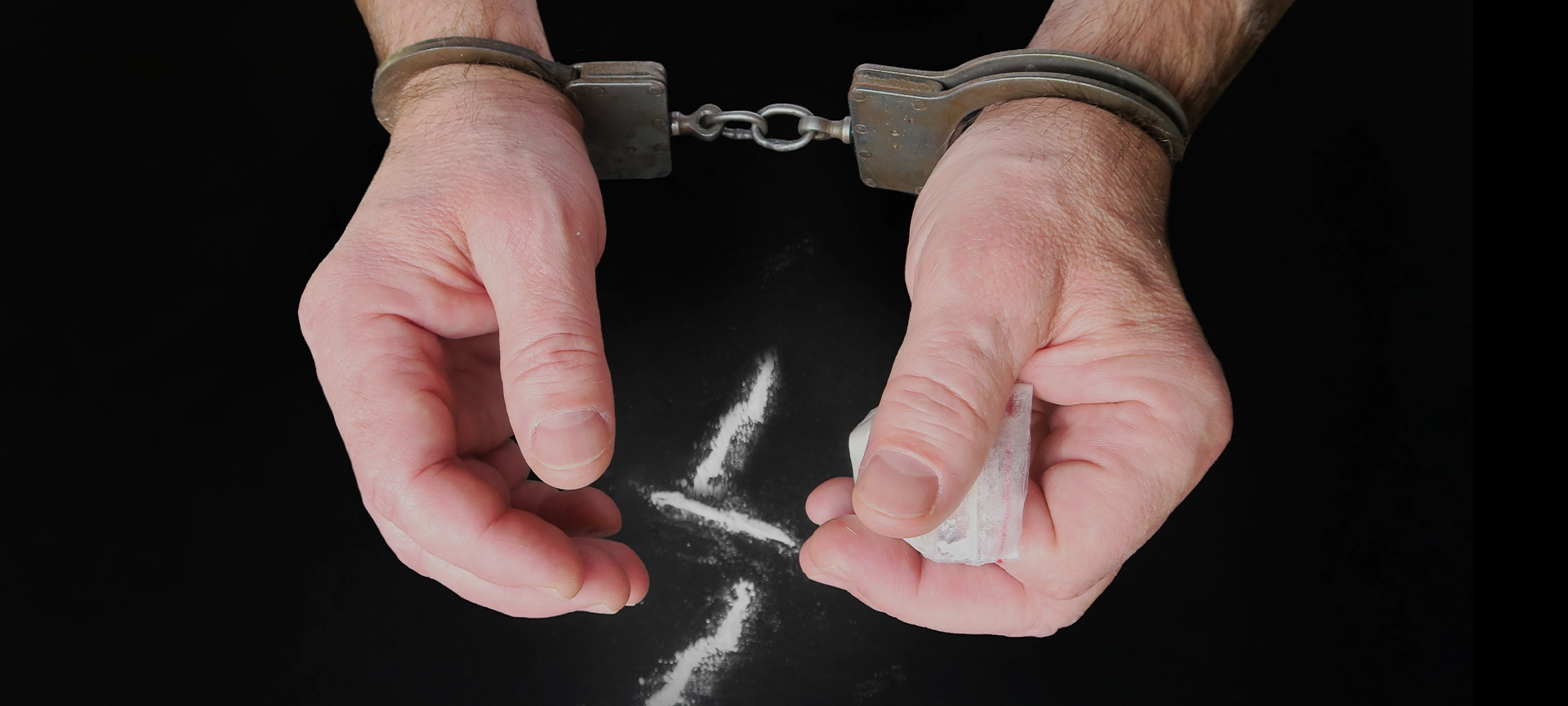What is Bail and Why Is It Important?
Navigating the legal system can be daunting, especially when faced with felony charges. Understanding how bail amounts are determined is crucial for anyone caught in this predicament.
In Los Angeles County, felony bail amounts can vary widely based on the nature of the crime and other critical factors. This guide aims to demystify the process, providing a comprehensive overview that will be invaluable to anyone dealing with the complexities of felony charges.
Decoding the Cost of Freedom in LA County
Bail is the amount of money defendants must pay to secure their release from custody while awaiting trial. The primary purpose of bail is to ensure that the defendant returns for all scheduled court appearances. Failing to appear can result in bail forfeiture and additional criminal charges.
Understanding bail is crucial because it can significantly impact your freedom and finances. High bail amounts can be financially crippling, making it essential to know what to expect and how the system works.
How Bail Amounts Are Determined
Several factors influence the bail amount set by judges in Los Angeles County. Knowing these can help you better prepare.
Nature of the Crime
The severity of the felony plays a significant role in setting bail. Violent crimes like armed robbery or homicide usually have higher bail amounts compared to non-violent felonies like embezzlement or fraud.
Criminal History
A defendant’s past criminal record is another critical factor. Repeat offenders or those with a history of failing to appear in court will likely face higher bail amounts.
Flight Risk
Judges consider whether the defendant is a flight risk. Factors like strong community ties, employment, and family responsibilities can influence this assessment.
Standard Bail Amounts for Common Felonies
Understanding the typical bail amounts for various felonies can help you anticipate the financial burden. Below are some common categories and their standard bail amounts in Los Angeles County.
Drug Offenses
Drug-related felonies, such as possession with intent to distribute, usually have bail amounts ranging from $20,000 to $100,000, depending on the quantity and type of drug involved.
Violent Crimes
Violent felonies like assault with a deadly weapon often have bail amounts starting at $50,000 and can go up to $1,000,000 for more severe charges like attempted murder.
Property Crimes
Property-related felonies, including burglary and grand theft, typically have bail amounts between $20,000 and $100,000, depending on the value of the stolen property and whether any violence was involved.
Special Circumstances Affecting Bail Amounts
In some cases, special circumstances can lead to adjusted bail amounts, either higher or lower than the standard.
Aggravating Factors
Aggravating circumstances, such as using a weapon during the commission of a crime, can lead to significantly higher bail amounts. For example, a standard burglary charge might have a bail amount of $50,000, but if a firearm was used, it could increase to $100,000.
Mitigating Factors
Conversely, mitigating factors like a lack of prior criminal record or strong community support can sometimes result in reduced bail amounts. Judges may also consider personal hardships, like health issues, that make it challenging to meet high bail requirements.
Alternative Options to Cash Bail
For many, coming up with the cash for bail can be impossible. Thankfully, there are alternative options available.
Bail Bonds
A bail bond is a type of surety bond provided by a bail bondsman. Typically, you pay a non-refundable fee, usually 10% of the total bail amount, to the bondsman, who then covers the full bail amount. While this can make bail more affordable, it still represents a financial burden for many.
Own Recognizance
In some cases, defendants may be released on their own recognizance (OR), meaning they do not have to pay bail but must promise to appear in court. This is usually reserved for low-risk defendants.
Pretrial Services
Pretrial services programs may also offer alternatives to cash bail, such as electronic monitoring or regular check-ins. These programs aim to ensure court appearances without the need for financial bail.
Steps to Take If You Cannot Afford Bail
If you find yourself unable to afford bail, there are steps you can take to address the situation.
Request a Bail Reduction
You can request a bail reduction hearing, where you present evidence and arguments to convince the judge to lower your bail amount. Factors like family support, stable employment, and lack of criminal history can be persuasive.
Seek Legal Aid
Legal aid organizations can provide free or low-cost legal assistance to help you navigate the bail process and explore options for reducing your bail amount.
Community Support
Reach out to community organizations that may offer financial assistance or help you find resources to cover your bail. Churches, local charities, and social services organizations can sometimes provide support in these situations.
The Role of a Bail Bondsman
Understanding how bail bondsmen operate can help you make informed decisions if you need to use their services.
How to Choose a Bail Bondsman
Look for a reputable bail bondsman with a good reputation and reasonable terms. Ensure they are licensed and transparent about their fees and conditions.
What to Expect
When working with a bail bondsman, expect to provide collateral and a 10% non-refundable fee. Be prepared to sign a contract agreeing to appear in court and comply with any additional requirements set by the bondsman.
Risks and Benefits
While using a bail bondsman can make bail more affordable, failure to appear in court can result in losing your collateral and facing additional charges. However, successfully navigating the bail process with a bondsman’s help can provide temporary freedom and the ability to continue working and supporting your family.
Legal Reforms and Their Impact on Bail
Understanding recent and potential future legal reforms can help you stay informed about changes that may affect your bail situation.
Recent Changes in California
California has seen significant bail reform efforts, including the passage of Senate Bill 10, which aimed to eliminate cash bail in favor of a risk assessment system. Although the bill was overturned by voters in a 2020 referendum, discussions about bail reform continue.
Future Prospects
Continued advocacy for bail reform suggests that changes may still be on the horizon. Staying informed about legislative developments can help you anticipate and adapt to potential shifts in the bail system.
Balancing Safety and Fairness
The goal of bail reform is to balance public safety with fairness, ensuring that individuals are not unjustly detained simply because they cannot afford bail. Understanding these efforts can provide context for your own experiences with the bail system.
Conclusion
Navigating the complexities of felony bail amounts in Los Angeles County can be overwhelming.
Understanding how bail works, the factors that influence it, and the options available to you can make a significant difference in your ability to handle this challenging situation.
By staying informed and exploring all available resources, you can better manage the financial and emotional burden of felony charges.
Ready to Secure Your Loved One’s Freedom? Contact Escape Bail Bonds Today!
Navigating the bail process can be overwhelming, but you don’t have to do it alone. Escape Bail Bonds has years of experience in Los Angeles, CA, ensuring a smoother, faster release for your loved one.
Our experienced team is committed to ensuring a swift and efficient release for your loved ones.
We offer assistance over the phone in just one call. We make things easy with our digital signature process. With 24/7 availability, we cater to your needs promptly, whenever you require our services.
Don’t let the complexity of bail bonds add to your stress. Contact Escape Bail today for reliable, affordable, and quick bail bond services. Your peace of mind is our top priority.

need help?
Our pre-trail release expertsare available 24/7 and areready to help secure yourfreedom.
Call us nowLearn more about best california bail bonds
Have questions?
Our pre-trail release experts are available 24/7 and are ready to help secure your freedom.





